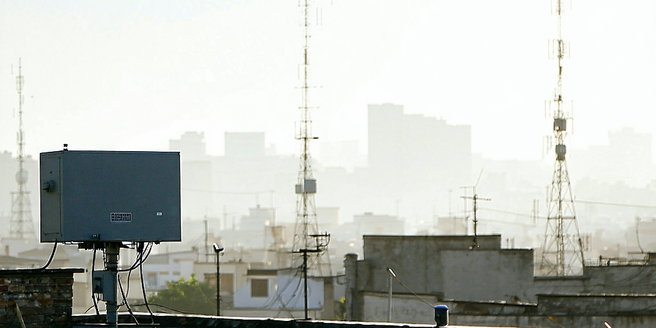Signal Boosting Technologies

Understanding the Basics of Signal Boosting
Signal boosting is a technology that amplifies the strength of a communications signal. The basic purpose of signal boosting is to extend the coverage area of wireless communications, such as cellular and internet connections. This process involves receiving a weak signal, amplifying it, and then retransmitting it at a stronger level. Various devices, including signal boosters, repeaters, and amplifiers, are used for this purpose. Understanding the fundamental principles behind signal boosting helps individuals and organizations enhance connectivity in areas with poor reception. Proper installation and positioning of these devices are crucial for optimal performance, ensuring that the boosted signal effectively reaches intended devices. By understanding these basics, users can significantly improve their digital communication experience.
The Importance of Signal Boosting in Modern Communication
In today’s interconnected world, strong and reliable communication signals are essential. Signal boosting technologies play a vital role in enhancing connectivity, especially in areas with weak or unreliable signals. In remote or rural regions, where infrastructure might not support strong signals, these technologies ensure seamless communication. They are crucial for businesses, emergency services, and everyday users who rely on stable connections for various applications including voice calls, data transmission, and online activities. With the growing demand for high-speed internet and continuous accessibility, signal boosting becomes even more important, ensuring that communication networks function effectively and efficiently. By boosting signals, individuals and businesses can ensure uninterrupted communication and maintain productivity.
Types of Signal Boosting Technologies Available
Signal boosting technologies come in various forms, tailored to different applications and needs. Common types include passive DAS (Distributed Antenna Systems) and active DAS, which are often used in large buildings and complexes to distribute cellular signals. Additionally, consumer-grade signal boosters, like those used in cars or homes, capture and amplify existing signals to improve connectivity in specific areas. Another type is the femtocell, a small cellular base station often used to enhance indoor coverage. Each type has its own advantages and ideal use cases, determined by factors such as coverage area, existing signal strength, and the specific needs of the user. Understanding these different technologies helps users make informed decisions on which system best suits their requirements.
How Signal Boosters Work to Improve Connectivity
Signal boosters function by capturing weak signals through external antennas, amplifying them using internal components, and then rebroadcasting them to areas with insufficient coverage. This process involves three main components: an external antenna, an amplifier, and an internal antenna. The external antenna gathers weak signals from nearby towers and feeds them to the amplifier. The amplifier increases the signal strength, and the internal antenna then disperses the enhanced signal within the desired coverage area. This mechanism not only improves call quality and data speeds but also extends battery life of connected devices by reducing their power consumption when searching for stronger signals. Thus, signal boosters provide an effective solution for enhancing connectivity in areas with weak reception.
Factors to Consider When Choosing a Signal Booster
Selecting the right signal booster requires consideration of several factors to ensure optimal performance. One crucial factor is the coverage area; larger areas require more powerful boosters with higher gain and coverage capabilities. It’s also important to identify the frequency bands used by your carrier, as boosters must be compatible to enhance the correct signals. The quality of the outdoor signal is another consideration; weaker outside signals demand stronger boosters. Additionally, the type and strength of the antenna system, as well as ease of installation and budget, are vital in choosing the right booster. Understanding these factors helps in making an informed decision and guarantees improved communication experiences and connectivity.
The Future of Signal Boosting Technologies and Innovations
The future of signal boosting technologies is promising as new innovations continue to enhance their capabilities. With the deployment of 5G networks, signal boosters are evolving to support higher frequency bands and increased data speeds. Researchers and developers are focusing on smart technologies that automatically adjust to changing signal conditions, providing seamless connectivity. Moreover, advancements in materials and design are leading to more compact and efficient boosters, making them easier to install and integrate into existing infrastructure. As digital communication demands grow, signal boosting technologies will play a critical role in ensuring robust and reliable connections, paving the way for improved communication solutions that cater to the dynamic needs of users worldwide.